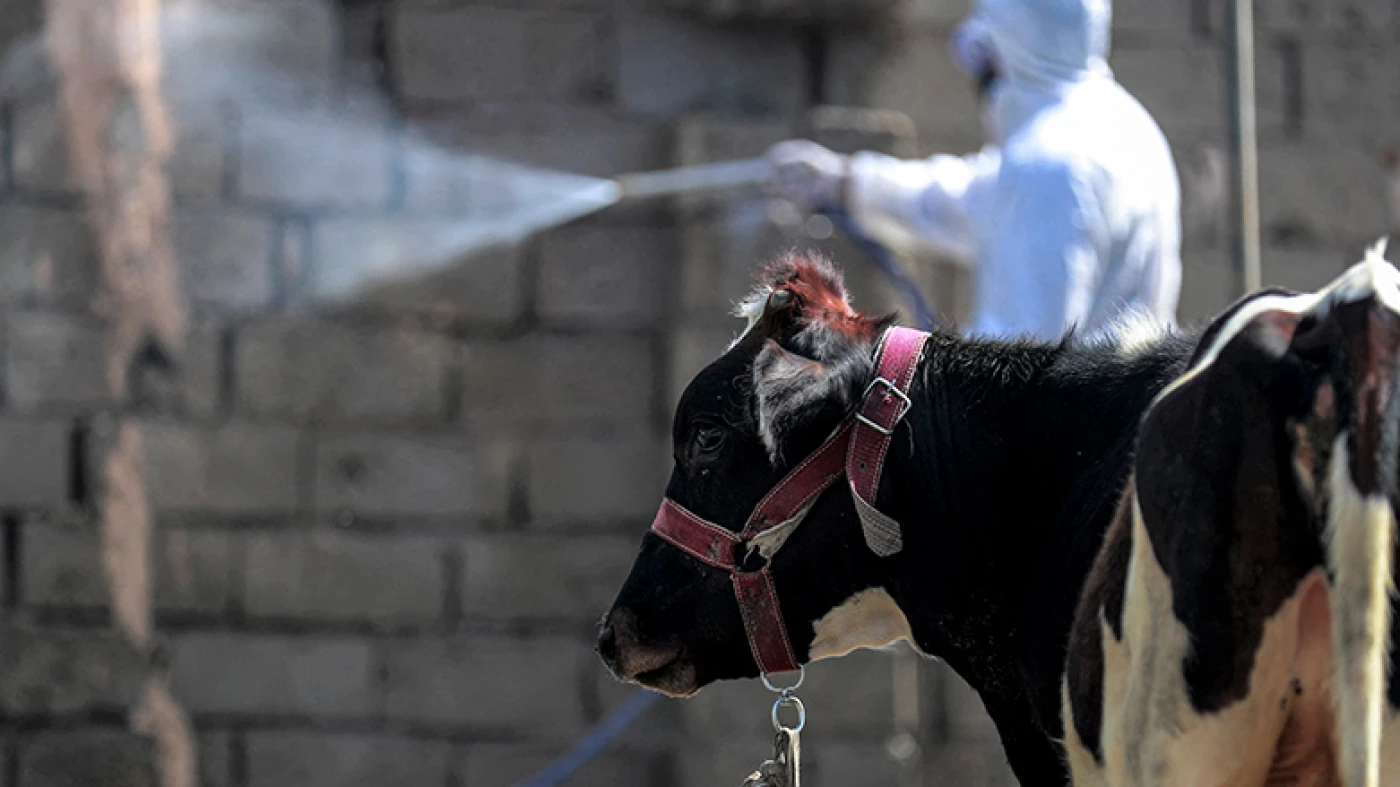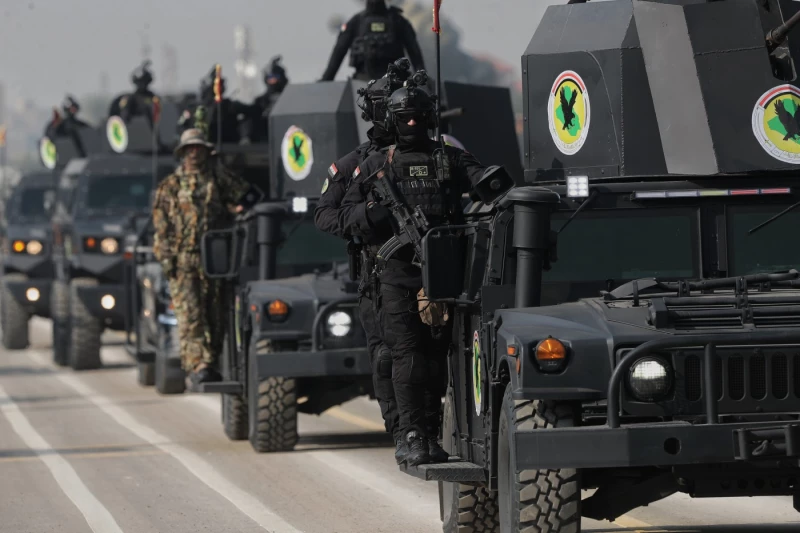ERBIL, Kurdistan Region of Iraq - Dhi Qar province has borne the brunt of the fatal hemorrhagic fever across Iraq with 25 confirmed cases, representing more than 34 percent of the total number of cases recorded to date this year.
A total of 73 cases of hemorrhagic cases have been recorded across Iraq and the Kurdistan Region, including eight deaths.
"Dhi Qar tops the list of Iraqi governorates in terms of the number of cases for the third consecutive year,” Thaer al-Assadi, director of the Epidemiology Department at the General Veterinary Directorate in Baghdad, told The New Region on Sunday, attributing the surge in cases in the province to "the lack of health awareness among some livestock owners."
Assadi pointed out that "veterinary teams continue to spray cows and buffalo and dip sheep and goats as part of control measures," calling on livestock owners to "cooperate with veterinary personnel."
Hemorrhagic fever is an infectious viral disease often transmitted from animals to humans, with symptoms that can range from mild to severe and potentially life-threatening. Those working closely with animals face an elevated risk of infection.
Certain variants of the viral infection can also be transmitted through mosquito or tick bites, while others spread from person to person through infected bodily fluids such as blood, saliva, and semen.
"The infection rate in Dhi Qar remains a source of concern," he said.
The Kurdistan Region’s first fatality due to hemorrhagic fever was recorded in Duhok province on May 10. The deceased was a 45-year-old woman from Duhok’s Amedi district.
Iraq recorded 202 cases of hemorrhagic fever in 2024, down from 2023's 580, according to Assadi.
"Only two governorates have not recorded any cases of the disease so far, including Salahaddin and Najaf. This indicates the absence of infection among livestock in those governorates," the veterinary official said.



 Facebook
Facebook
 LinkedIn
LinkedIn
 Telegram
Telegram
 X
X


